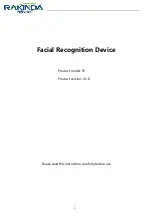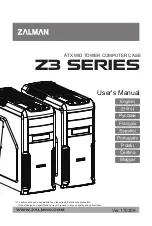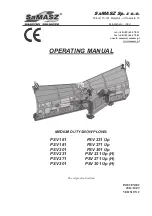
Introduction
System Requirements
In order to use AudioFire2, AudioFire4, AudioFire8, or AudioFire12 you’ll need
the following:
•
An Apple brand Macintosh computer (desktop or notebook) with:
•
Mac OS X (10.3.9 or later)
•
An unused FireWire port
•
A G4 or better processor (G5 recommended)
•
A minimum 256Mb of RAM (512Mb highly recommended)
•
A fast, high-capacity IDE, SCSI or FireWire hard disk drive
•
Peripheral audio equipment, such as a mixer, microphones, studio monitors,
musical instruments, etc.
10
Introduction











































